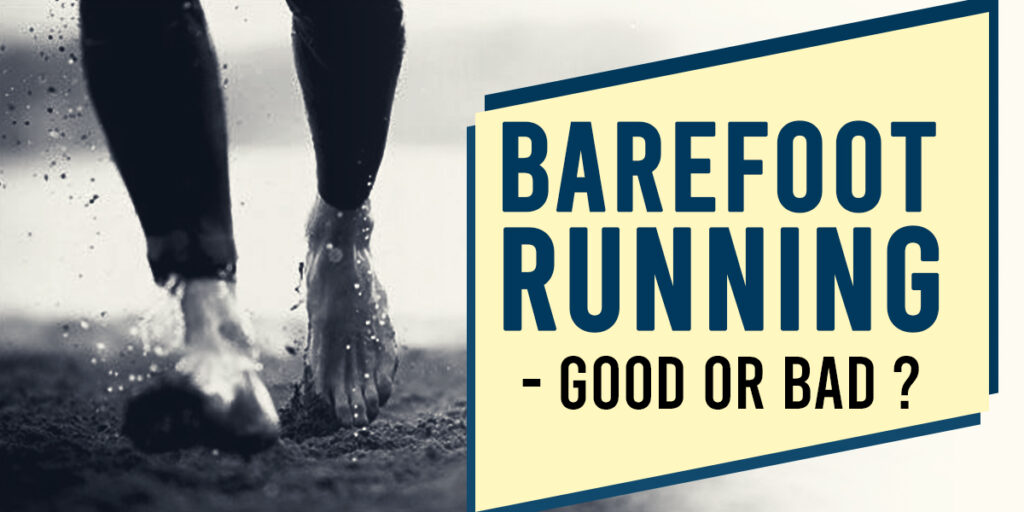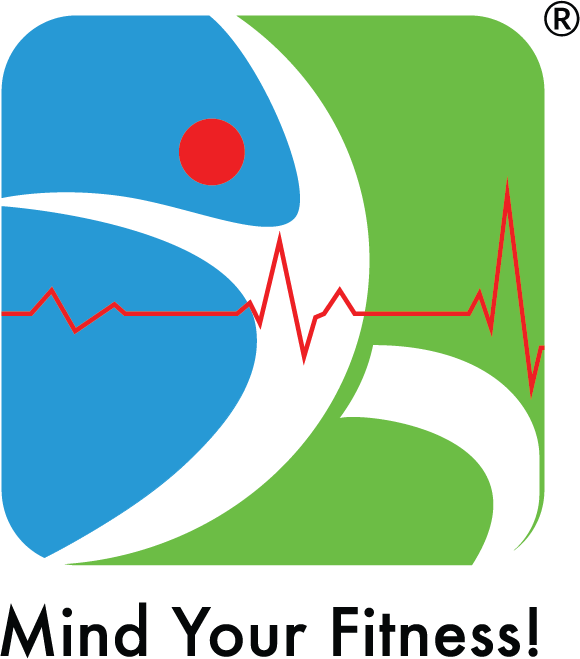
Running is a form of exercise which involves the use of multiple muscles and joint movements. It helps in improving the cardiorespiratory fitness of the body when done consistently. Running is a cardio activity and it is depends on individual choice to choose running as a form of exercise or in preparation for a running event.
Runs can be of two types:
- High intensity running eg: sprinting which lasts a few seconds.
- Low intensity running eg: marathon, which lasts up to a few hours.
What joints & muscles are actively used in running?
- The ankle joint- use of the shin and calf muscles.
- The knee joint- the quadriceps & hamstring muscle.
- The hip joint- the gluteus muscles.
- Core muscles to maintain spine stability.
What parameters should be considered before starting regular runs?
- Ankle stability.
- History of any pre-existing joint/ligament issues.
- Use of proper shoes- if person prefers running with shoes.
- Terrain on which the run is performed.
What factors ensure healthy running?
- Good foot and ankle alignment, having flat feet or high arches can be problematic.
- Regularly strengthening the calf and foot muscles.
- Stretching.
- Doing lower back and core muscle strengthening to keep the spine healthy even after tedious/long runs.
- Foam-rolling the plantar fascia to avoid any pain and avoid heel pain which is common after runs.
- Good nutrition.
Benefits of running with shoes: Choosing the right shoes as per individual foot alignment can help in maintaining the mobility and flexibility of the foot on different terrains while running. Using anti-pronator shoes for people with flat feet and using neutral shoes for people with medium to normal arches can be beneficial.
- Person gets conditioned steadily.
- Extra support under the feet to help absorb ground reaction force.
- Padding around the ankle which keeps it stable.
- Extra support under the foot arches and the plantar fascia.
- Lesser chances of injuries after heel strike on the ground as a normal paced run is a moderate-impact activity.
- Speed of running can be altered as per individual comfort.
- Faster recovery after the run.
- Less impact on the shin reducing shin pain which is a common running injury.
- Reduced chances of heel pain compared to barefoot running.
- Less impact on the knees.
- Less chances of skin abrasions or cuts under the foot skin compared to barefoot runs.
Barefoot running
It is also known as “natural running” , without any footwear.
Risks:
- Achilles tendon pain.
- Little foot protection.
- Heel pain.
- Cuts/abrasions under the plantar aspect of the foot.
- Shin pain.
- Impact on ankle ligaments.
- Uneven surfaces can induce a sprain in ankle/ a fall which can be detrimental to the ligaments of the knees as well. Softer terrains like running on sand/ grass can pose lesser risk as compared to running on a cemented road/ gravel or a hard turf.
- More impact on the arches of the foot.
Benefits:
- Strengthening of the intrinsic muscles of the foot.
- More foot proprioception and using of natural strength of the foot arches.
- Strengthens your gait/walking.
- More grip and connection to the ground.
Take home message:
Barefoot running vs. running with minimal or proper laced shoes is an individual choice and is a debatable topic. Certain injuries cannot be predicted and the runner should be made aware of the consequences.
Measures must be taken to rule out any running related injuries/strain and treat them in time for more effective running.
A conditioned healthy runner (runs 3-4 times a week), is unlikely to experience any issues by incorporating some low-volume barefoot running strides into the weekly routine. Highly experienced runners have shown less susceptibility to injuries caused by barefoot running as compared to beginners. Proper selection of shoes or using minimal shoes can help alleviate the injuries caused by prolonged barefoot running.
Consult a podiatrist for advice on running biomechanics, foot and ankle assessment to select the right shoe and to understand if barefoot running is for you.
Dr. Janhvi Vayada – Clinical Sports Physiotherapist, Mind Your Fitness!





